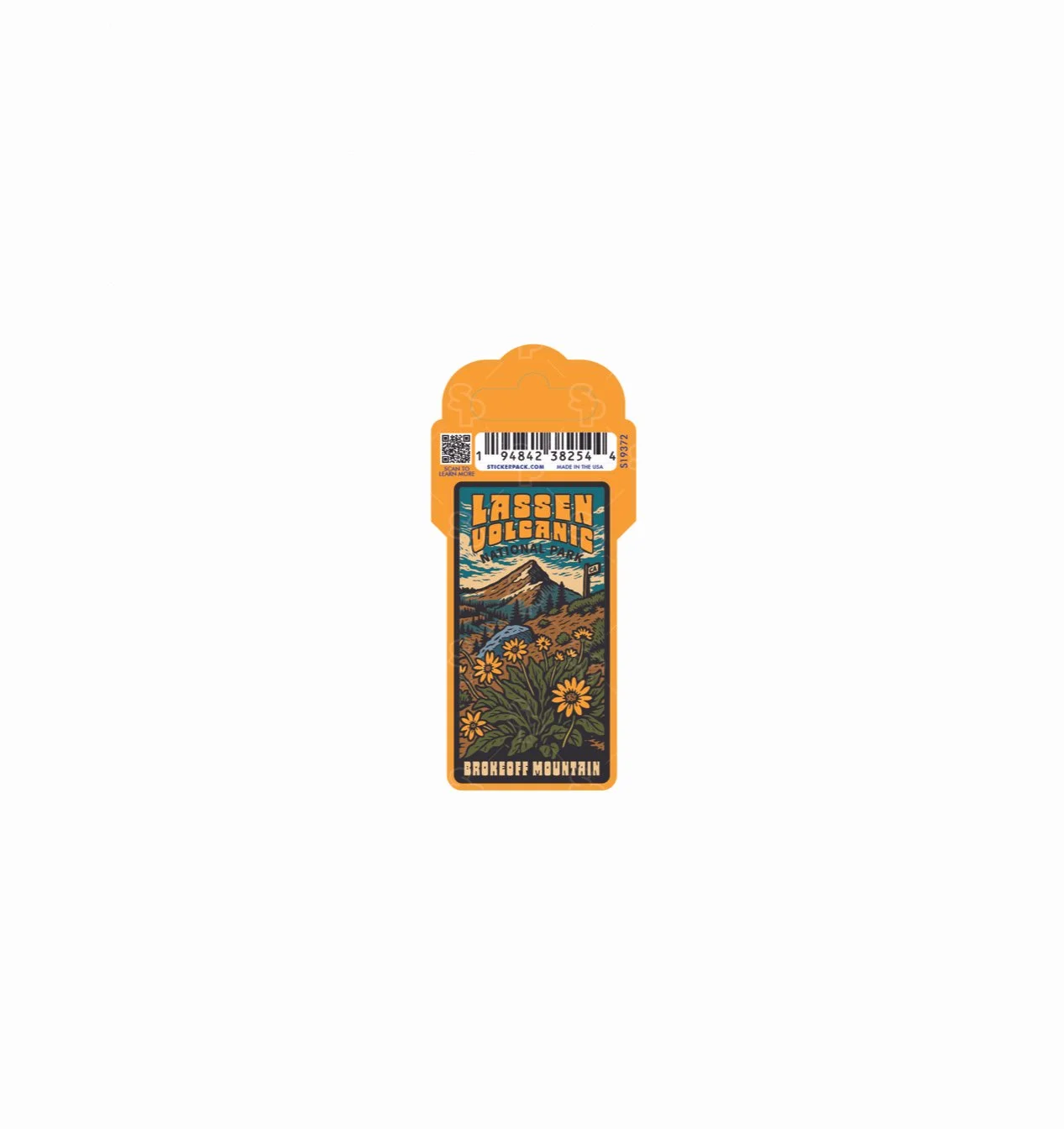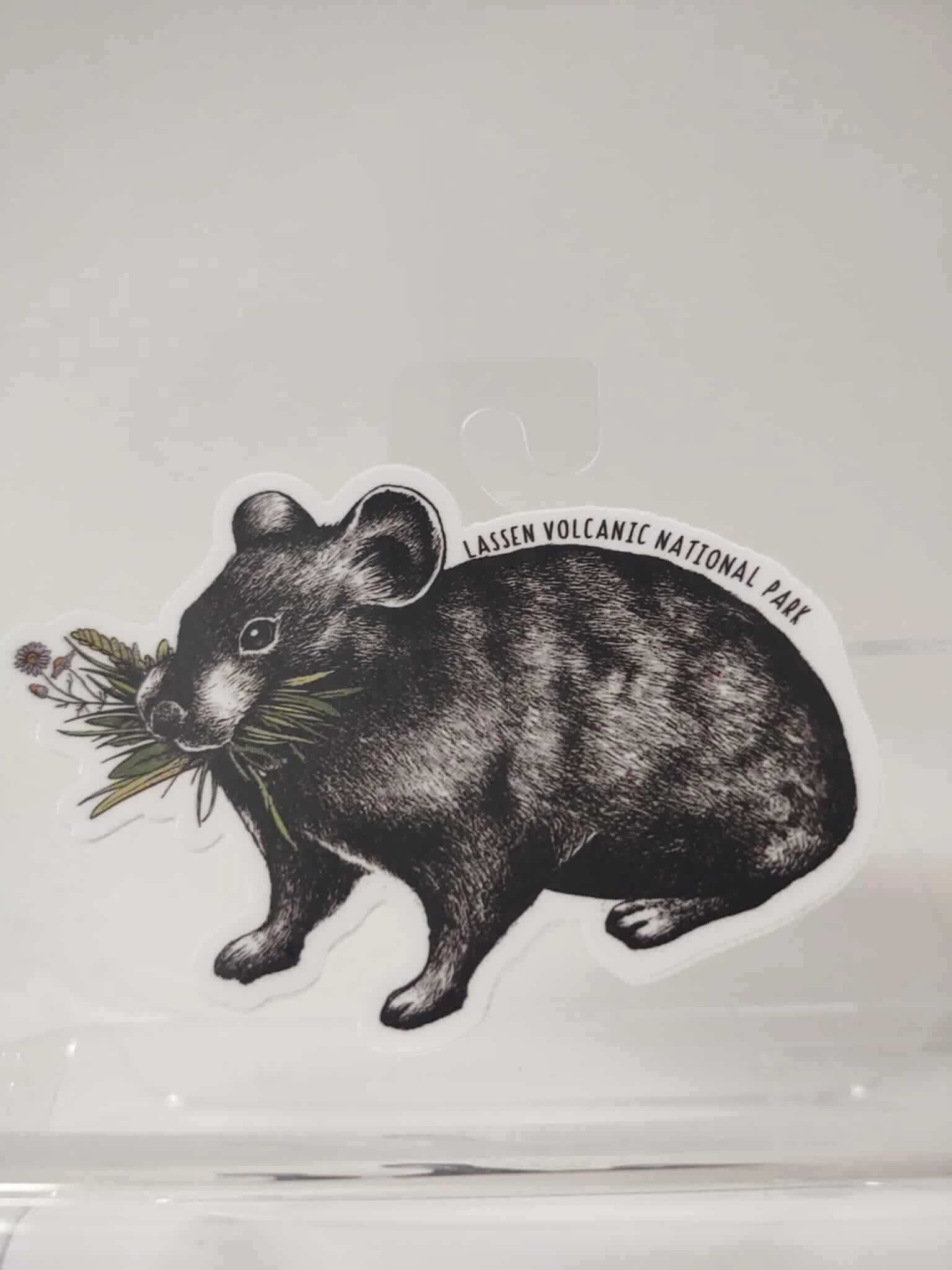 Image 1 of 1
Image 1 of 1


Mule Ear Small
Members Price $3.35
Leaves of wyethia mollis are densely or sparsely covered by tomentose hairs; these are short, soft, and flattened against the surface. The hairs give the leaves a light grey appearance. Older leaves tend to lose the hairs. Like all members of this genus the leaves are large, up to 15 inches long, and broader towards the base. Leaves grow near the ground and less densely along the stems, becoming smaller higher up.
Flowerheads are borne singly or in groups of up to three. The bell-shaped involucre is around one inch in diameter, ringed by 12 to 22 phyllaries, somewhat unequal in size, and up to 1.5 inches in length. Heads have between 6 and 15 yellow ray florets around a center of up to 100 yellow disc florets; they can measure up to 3 inches across.
Plants often form large clumps, and are common in the central and northern Sierra Nevada, and the southern Cascades, occurring at generally higher elevations than other wyethia species.
Members Price $3.35
Leaves of wyethia mollis are densely or sparsely covered by tomentose hairs; these are short, soft, and flattened against the surface. The hairs give the leaves a light grey appearance. Older leaves tend to lose the hairs. Like all members of this genus the leaves are large, up to 15 inches long, and broader towards the base. Leaves grow near the ground and less densely along the stems, becoming smaller higher up.
Flowerheads are borne singly or in groups of up to three. The bell-shaped involucre is around one inch in diameter, ringed by 12 to 22 phyllaries, somewhat unequal in size, and up to 1.5 inches in length. Heads have between 6 and 15 yellow ray florets around a center of up to 100 yellow disc florets; they can measure up to 3 inches across.
Plants often form large clumps, and are common in the central and northern Sierra Nevada, and the southern Cascades, occurring at generally higher elevations than other wyethia species.









